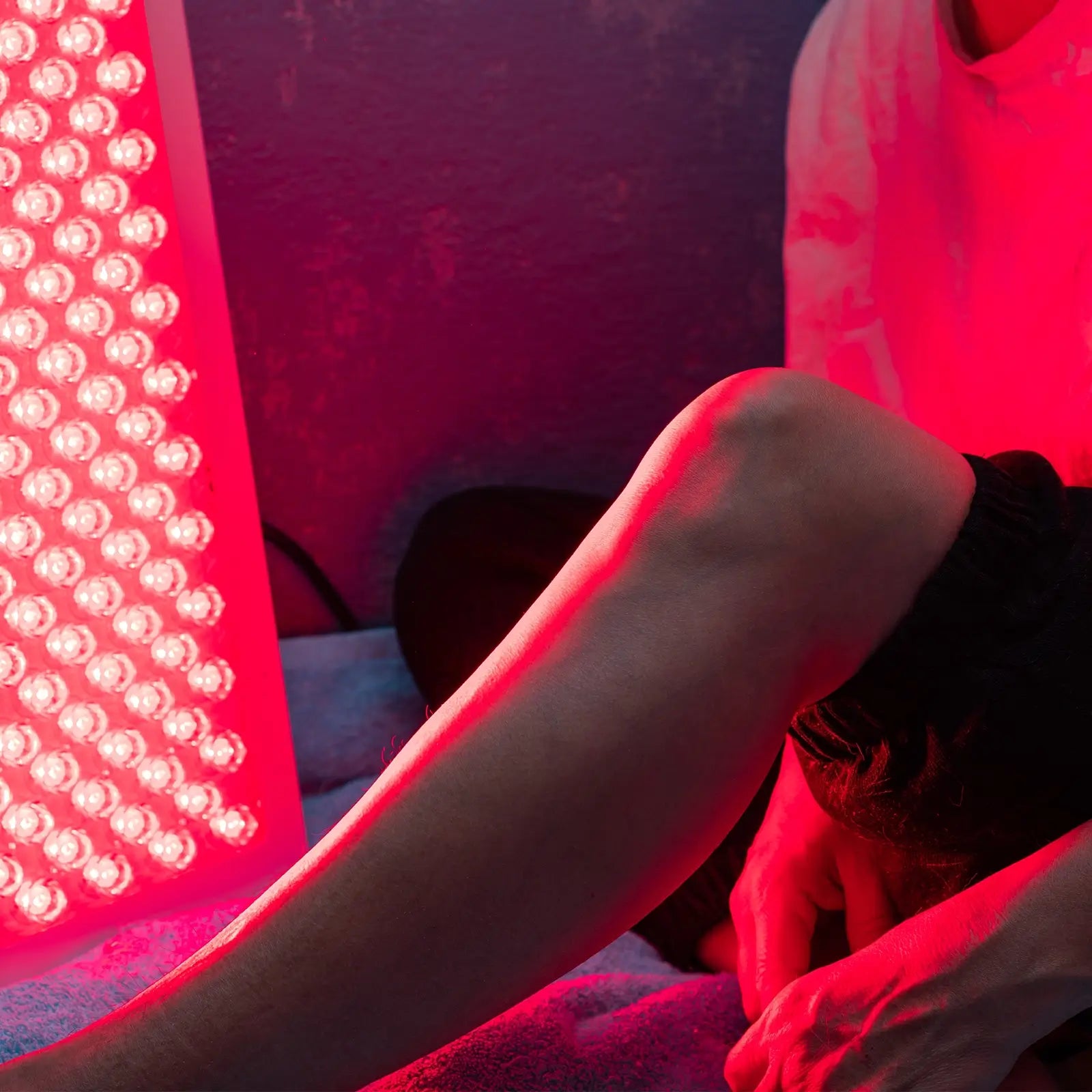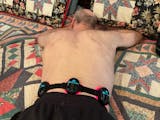Exploring Near-Infrared Light Therapy for Restless Legs Syndrome
Restless Legs Syndrome (RLS) is a neurological condition distinguished by an involuntary impulse to shift the legs, usually in reaction to discomfort. Despite the administration of dopaminergic medications and engaging in physical activity as common treatment approaches, RLS continues to pose difficulties for numerous patients in their quest for effective alleviation. Nevertheless, recent research indicates that near-infrared light therapy could present a hopeful and novel treatment alternative.
Understanding Near-Infrared Light Therapy
Near-infrared light therapy involves the use of light wavelengths that can penetrate the skin and potentially provide therapeutic benefits to the underlying tissues. This treatment, which does not require any invasive procedures, is becoming increasingly recognized for its possible advantages in treating a range of medical conditions, such as RLS.
Study Overview
The effectiveness of near-infrared light therapy in alleviating symptoms of RLS was examined in a recent research study. Thirty-four individuals diagnosed with RLS participated in the study and were randomly divided into two groups: a treatment group and a control group. The treatment group underwent near-infrared light therapy sessions, whereas the control group did not receive any form of active intervention.
- Treatment Protocol: The experimental group participated in a series of twelve 30-minute sessions spanning a duration of four weeks. During these sessions, the lower legs of the participants were subjected to near-infrared light exposure.
- Assessment Tool: The International Restless Legs Syndrome Rating Scale (IRLS) was employed to assess and monitor the intensity of symptoms.
Results
The results of this study were significant and promising:
- Symptom Reduction: Over the course of four weeks, the treatment group experienced a consistent decline in symptoms related to Restless Legs Syndrome (RLS). At the conclusion of the treatment period, the treatment group exhibited a notable enhancement in their IRLS scores when compared to the control group, with statistical significance (p<0.001).
- Sustained Improvement: The alleviation of symptoms remained consistent even after four weeks following the conclusion of the treatment (p<0.001).
These findings suggest that near-infrared light therapy can effectively reduce symptoms of RLS and may offer a new avenue for managing this condition.
Implications for RLS Management
The favorable results identified in this research underscore the promise of near-infrared light therapy as a non-invasive and efficient approach for managing RLS. Individuals experiencing challenges with the adverse effects of dopaminergic medications or those exploring alternative therapies could potentially benefit from this groundbreaking treatment.
Mechanisms of Action
While the exact mechanisms by which near-infrared light therapy alleviates RLS symptoms are not fully understood, several hypotheses exist:
- Enhanced Blood Flow: Near-infrared light may improve blood circulation in the treated areas, which could alleviate discomfort and reduce the urge to move the legs.
- Reduction of Inflammation: The therapy might have anti-inflammatory effects that help ease muscle and nerve pain associated with RLS.
- Neuromodulation: Light therapy may influence neural pathways and neurotransmitter levels, contributing to symptom relief.
Further research is necessary to elucidate these mechanisms and optimize treatment protocols.
Future Directions
Based on the encouraging findings of this investigation, it is imperative to conduct further comprehensive clinical trials in order to validate the effectiveness and safety of near-infrared light therapy for RLS. Moreover, it is essential to delve into determining the most suitable duration, frequency, and intensity of treatments, as this will play a pivotal role in optimizing patient outcomes.
Conclusion
Near-infrared light therapy offers a hopeful and innovative strategy in the management of Restless Legs Syndrome. This therapy holds great potential for providing substantial relief from symptoms, while also being non-invasive. Consequently, it could prove to be a valuable addition to the range of treatments available for RLS. As ongoing research progresses, individuals suffering from RLS and their healthcare providers may soon have access to a novel, efficient, and secure approach for easing the distress caused by this condition.
















Share:
Unveiling the Therapeutic Potential: Photobiomodulation for Low Back Pain and Depression
The Efficacy of Low-Level Laser Therapy in Treating Sports Injuries